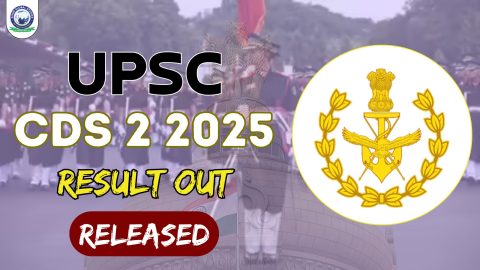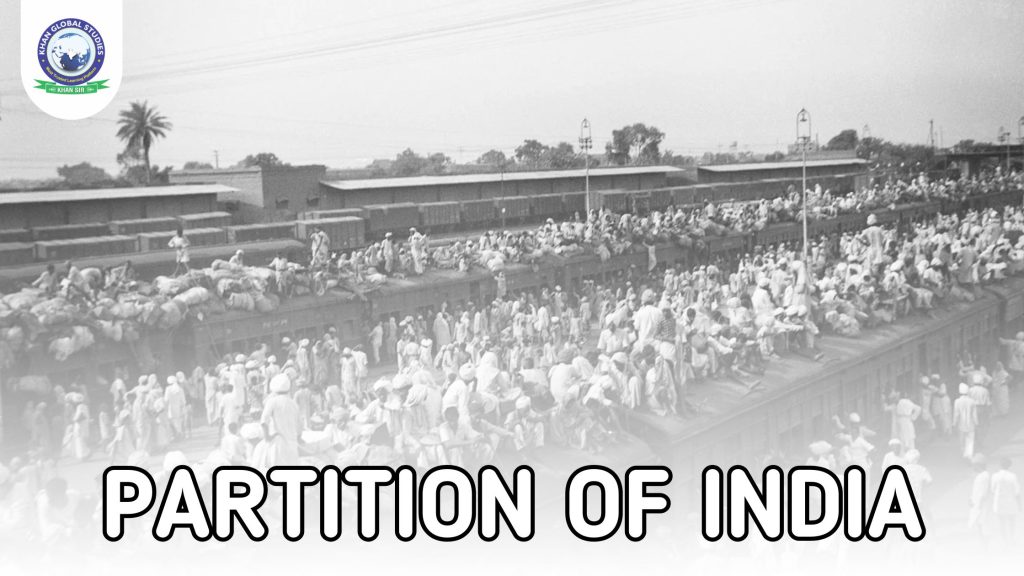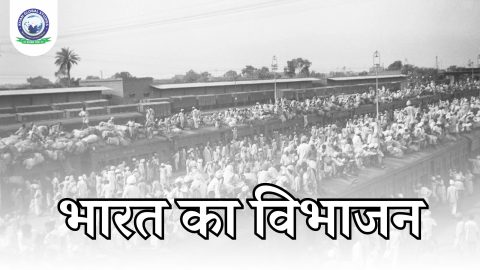The history of India is filled with struggles and bondages. The British Raj was one of the biggest shackles of India. For 200 years, the battle for freedom and complete independence resonated within the walls of our beloved country. In this article, we will discuss about the partition of India.
When the First World War ended, the whole world was shaken. Countries were stocking up on rifles and ammunition. The beginning of the Second World War with Hitler’s invasion of Poland led to divisions among the people. Indian freedom fighters realised that the Japanese were advancing towards India, adamant to take revenge on the British by conquering their state (India). This led to many movements and rallies to force the British to leave India.
After many revolts and strikes after the Second World War, the Indians frightened the British so much that they left. However, the Indian Independence Act issued by the Parliament of Britain demanded partition within the borders of India.
This partition sought to divide India into two countries – Pakistan and India. The British monarch gave his assent on July 18, 1947, and the Independence Act came into force on August 14 for Pakistan and on August 15 for India. We didn’t know that this happiness would be short-lived and much more violent than it should have been.
Some say that the violence that erupted on Independence Day was due to the hastily drawn boundaries. Sir Cyril Radcliffe, an Englishman who had no idea about the boundaries of India, was given just five weeks to decide the boundaries of India and Pakistan. Also, some say that the unexpected transfer of power about 8 months before expected was one of the reasons for the massacres and looting that took place in all parts of India. Some also believed that religious discrimination or the divide-and-rule policy of the British led to the downfall of India. Partition only added fuel to the fire they had already set.
It forcibly separated families, friends, and beloved neighbours. People and children were separated from their parents and millions were subjected to incessant violence. This was the time when death, riots, brutality and violence were at their peak.
Violence during the Partition of India
In 1947, Partition caused widespread terror and fear among members of the Indian community. Anyone walking in large crowds or with their belongings was killed with swords by men on horses. Anyone walking in small groups or without any belongings was spared.
Hamida Bano Begum (born 1936) said, “We heard stories of massacres on the way but did not see any violence. One incident I can never forget happened just after crossing the Ravi River – while walking, we saw a bare leafless tree far in front of us, on which the bodies of five dead people were hanging.”
During Partition, it is estimated that 2 million people lost their lives in communal riots and violence. In addition, about 25 million (i.e. 1% of the world’s population) people were displaced without housing and shelter. When the partition was announced, people were both angry and happy. Soon riots became common in the area, with armed men attacking innocent people. Who would have thought that freedom would come at such a huge cost, which innocent people would have to pay with their lives?
Violence Against Women
In their paper, “Unveiling the Layers: A Journey into the Covertures of Women Partition Survivors”, published in the Delhi University Journal of Undergraduate Research and Innovation, Neenu Kumar, Punita Gupta and Neena Pandey write, “Partition affected the social lives of everyone holistically. However, it affected women differently. Women were not the only ones who were deciding their fate, whether to be killed or stay or flee. Women faced violence at various levels; communal, familial and at the wider level. They were being kidnapped, molested, abducted, raped and killed. They were forced to commit suicide to protect ‘family honour’. Further, in the name of recovery, they were disowned by their families, and their children were declared illegitimate and they were denied basic rights.”
The communal riots that followed the partition resulted in the murder of about 1,00,000 women and they were raped, abducted, publicly humiliated and genitally mutilated. There were instances of women being raped and burned alive in public as a way of communication between the opposing communities.
Andrew Major, a scholar, mentioned that the abduction of women in the Gurgaon area near the outskirts of Delhi was considered a part of ‘ethnic cleansing’. Women of all communities were humiliated by stripping in public, taking out nude processions and many other humiliating ways. They were forced to convert their religion.
Many women were forced to kill themselves by jumping into wells to ‘protect their honour’ and to avoid ‘forced conversion’. This is just a glimpse of the terror unleashed on women in 1947. Kamla Bhasin and Ritu Menon have written a book “Borders and Borders: Women in the Partition of India” which mentions that the number of women kidnapped while going to Pakistan is around 50,000, while the number of women trying to come back to India is 33,000. However, the actual number of kidnappings and atrocities is uncertain, as many accounts went missing during the Partition. Religious slogans and symbols were inscribed on women’s breasts, tattoos were applied on their bodies without their consent. Abducted women on both sides of the border were made domestic slaves and sex workers. After the Partition of India, the loss and misery were so adverse that the Indian and Pakistani governments agreed to bring back their women from the other side of the border with the Nehru-Liaquat Pact (1950). Within the first year of this agreement, more than 9,000 women from India and 5,000 from Pakistan were freed. However, the recovery rate eventually decreased. The Nehru-Liaquat Pact (1950) further worsened the condition of women who returned to their homeland on both sides of the border. Hindus and Sikhs refused to take back their women because they were ‘impure’ and believed that the number of abducted Muslim women was less than the number of non-Muslim women taken hostage. Moreover, there were many instances where women refused to return to their hometowns for fear of humiliation or they had already settled in their ‘new homes’.
The recovered women were humiliated and viewed as objects. Pregnant women were forced to have abortions and leave their children behind. This resulted in the displacement of thousands of children and mothers. Children born to these women were not considered legitimate and were often given up for adoption without their mother’s consent. Those who adopted the children often used those children as domestic labour.
Partition uprooted people from their ancestral homes, devastated their lives and forced them to flee leaving everything behind to save their lives. It also viewed women as objects of respect and property. It promoted patriarchy and caused rifts in thousands of families. In a world of loss and heartache, two separate countries were born – Pakistan and India.
Even years after this genocide, grandparents are meeting their children for the first time and husbands and wives are finding each other after long wars. This has become a part of history that we can never be proud of, where there is blood and destruction at every step. We can only pray that this history is never repeated and communal riots do not happen again in the future.





